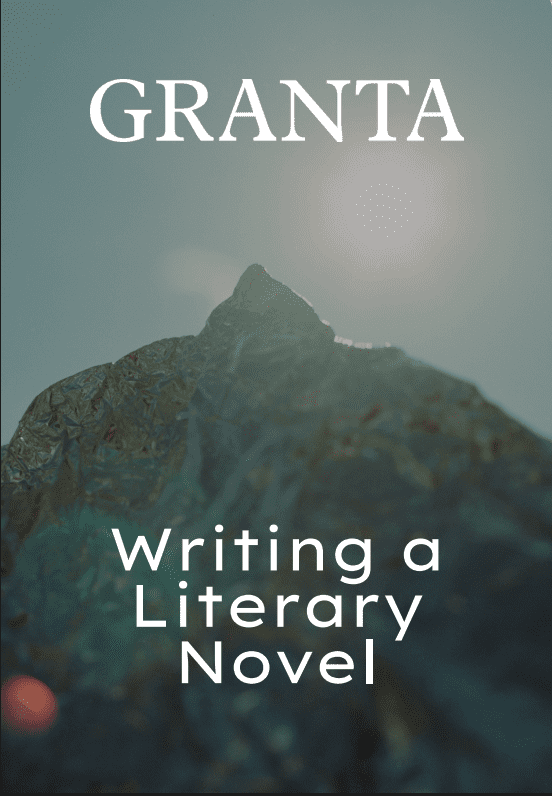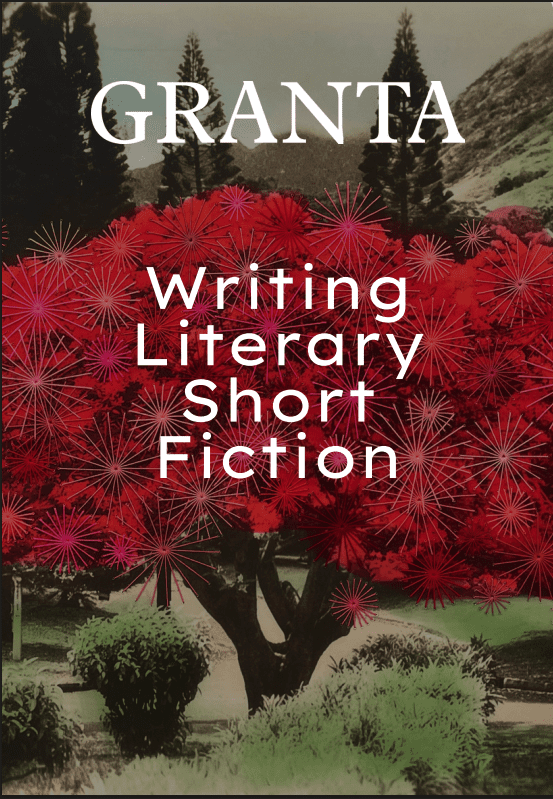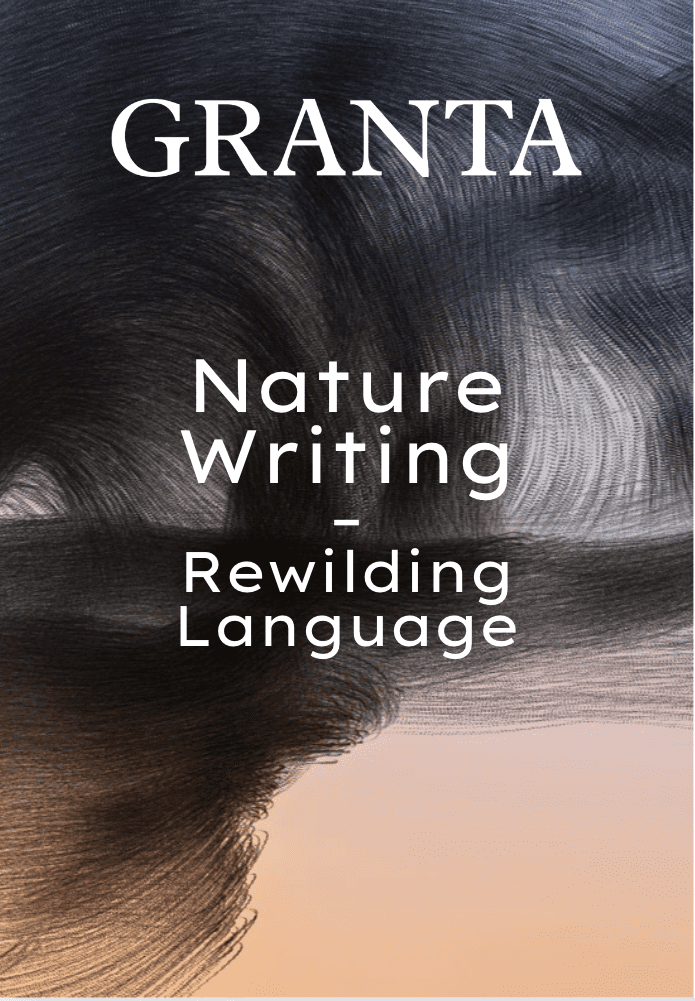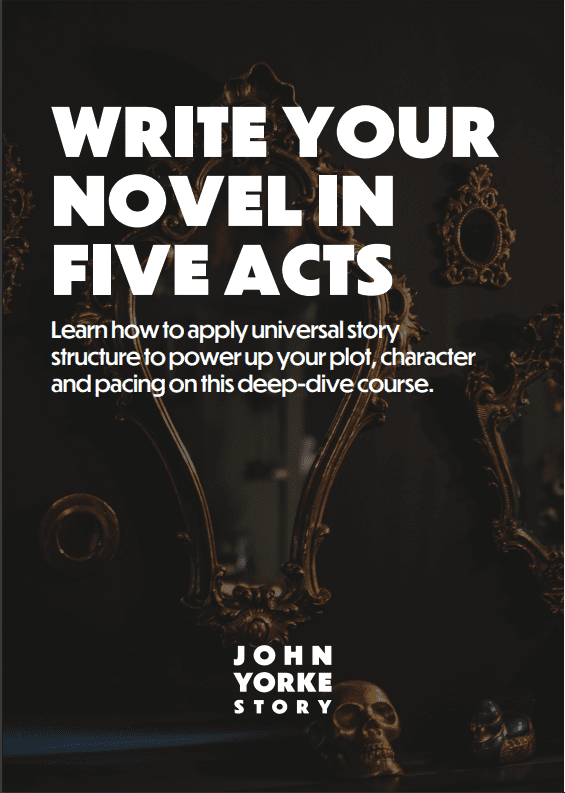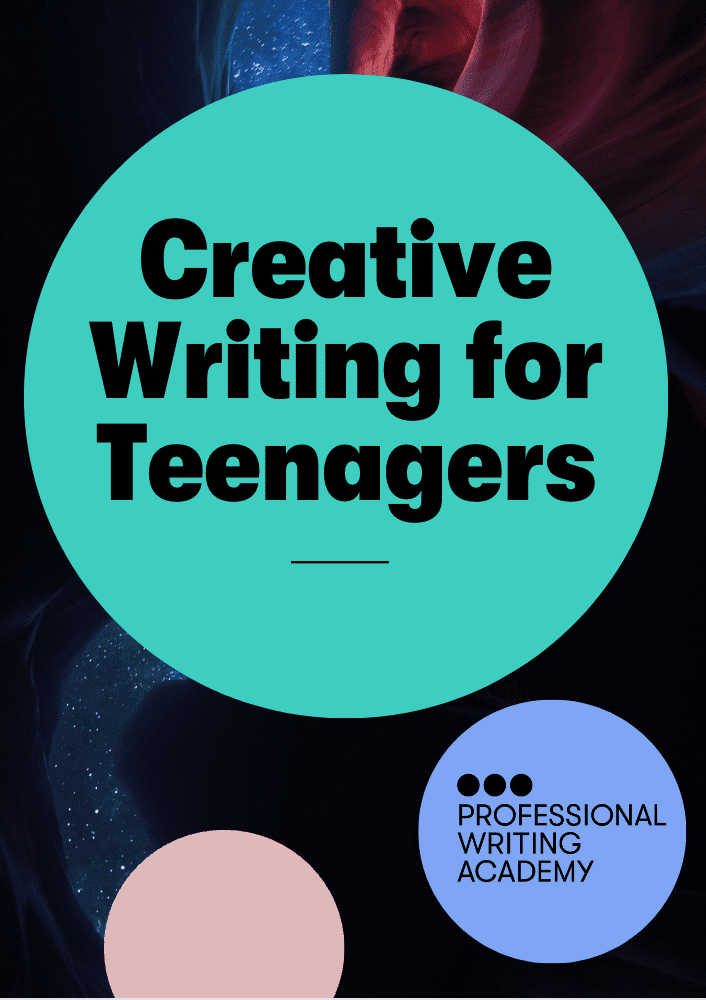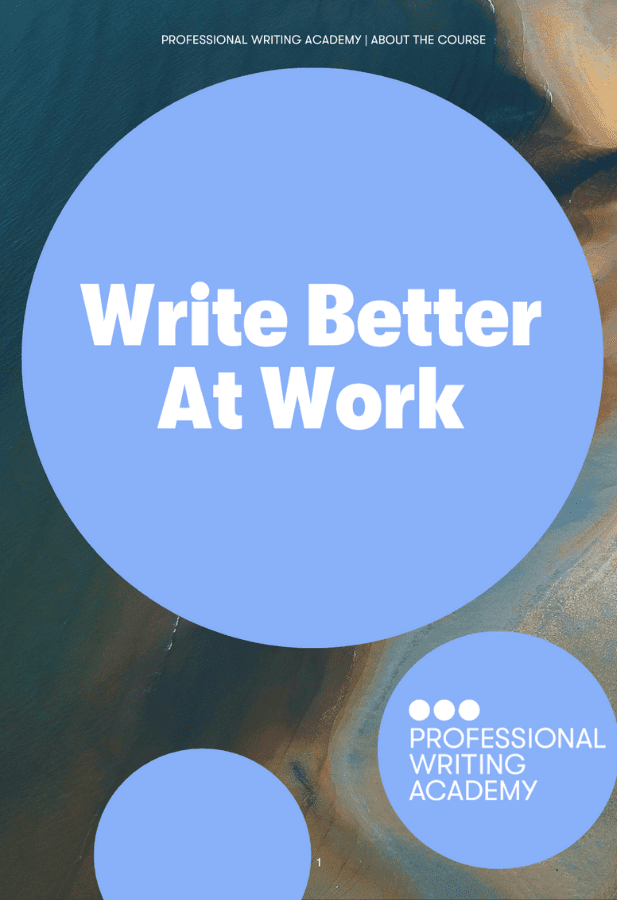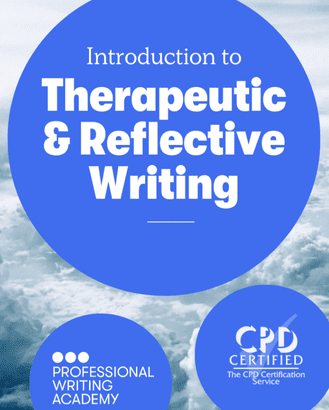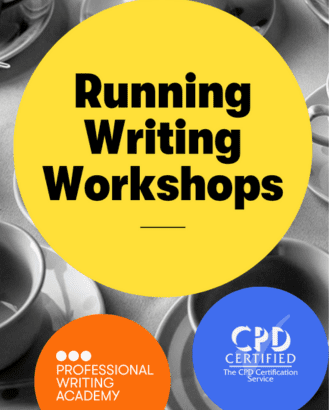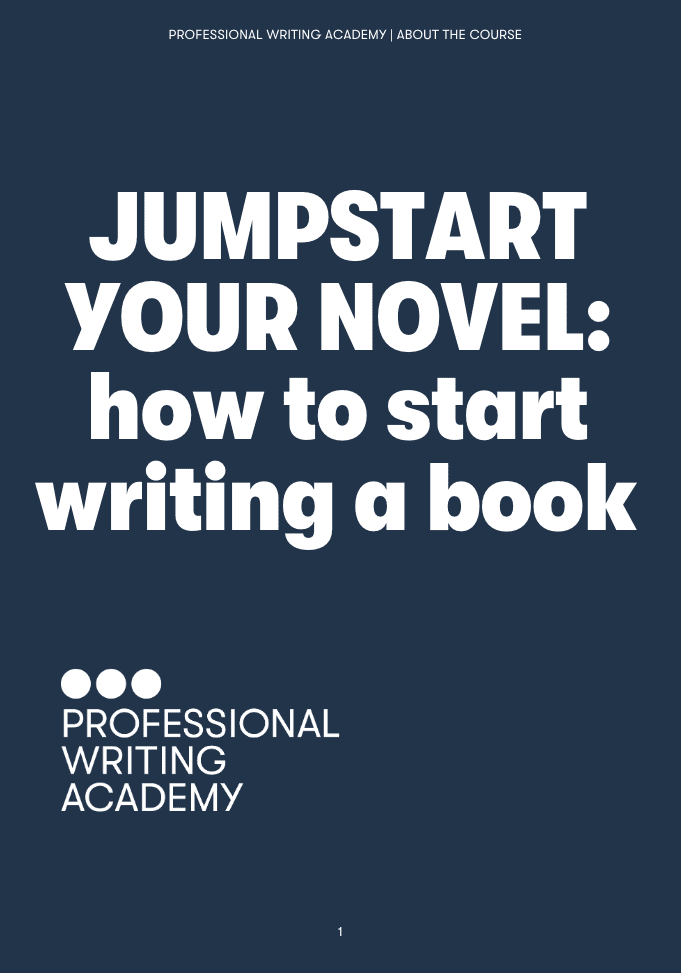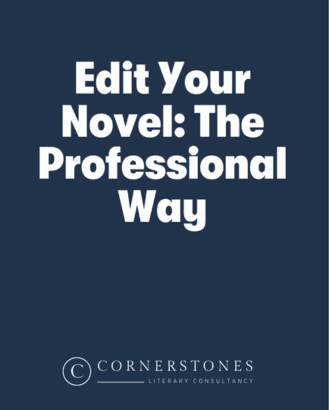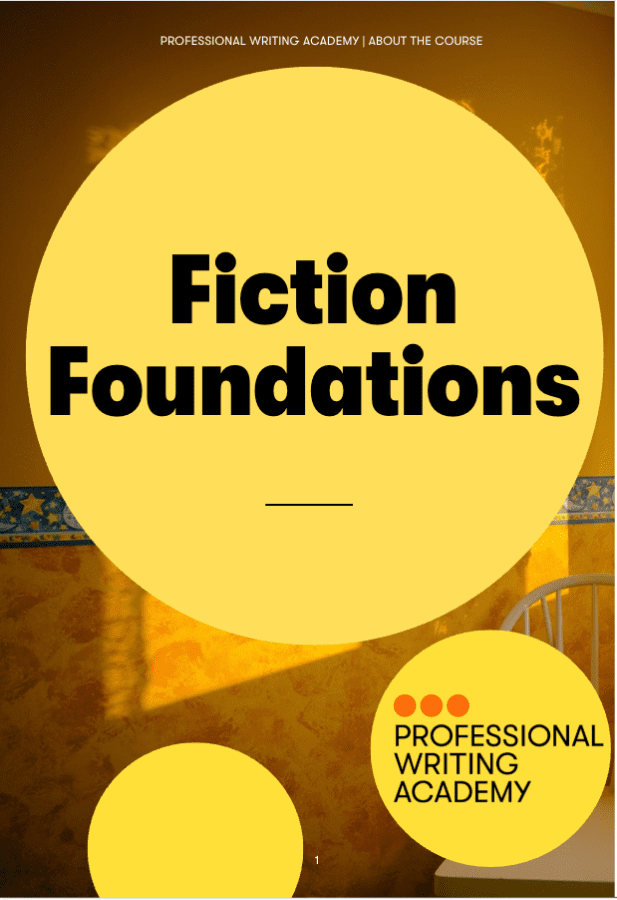Q – Hi Julia, thanks for joining us! When you’re developing complex stories, how much of the plot can you picture when you’re, say, halfway through the process?
Julia Crouch – Glad to be here! I tend to have a rough road map of the whole novel, but I allow myself and my characters diversions. My first drafts are pretty messy; the tightening up comes in successive edits.
Q – Your background is very visual (drama, website dev etc). Does that affect your writing, or are they separate arts for you?
JC – It comes very much into the fore – I tend to play the movie in my head and write down what I see. I have an extremely visual sense of the world and the people that I am writing about.
Q – That’s really interesting, because that’s how it appears to me when I read your books.
JC – Thanks! What’s odd is that since I’ve been writing full time, I haven’t felt the urge to draw or paint.
Before that, I was always working up images on paper, always doodling and sketching.
Now, my notebooks are just full of words. I keep thinking I should go back and do a life class or something.
PWA Tutor Tom Bromley – That’s an interesting insight with the drawing/writing. I did an interview with Claire Fuller a few months ago, and she started with art before going on to write.
JC – There’s also that wonderful E L Doctorow quote:
“Writing is like driving at night in the fog. You can only see as far as your headlights, but you can make the whole trip that way.”
As long as you’ve got an idea of where you’re going, you should be fine.
The skill is in writing an outline that is specific enough to get your editor hungry to see it, while allowing yourself enough space for deviation and exploration.
– Julia Crouch
Q – I don’t tend to write in a linear way, which works for me when I have enough time to keep the story in my head, but when time pressures mean I’m writing in fits and starts it becomes more tricky.
I’ve plotted something I’m writing at the moment, but found that the ideas for the course exercises just appeared in my head and I had to write to find out what was going to happen. Spooky!
JC – I think that’s the most exciting part — when you are writing to find out what happens next.
It’s why I refuse to stick slavishly to a pre-formed plot.
Q – I’m sure I read in a Telegraph quote for Tarnished that you were a ‘meticulous plotter’…
JC – That’s what they extrapolate from the finished product!
Although, I have to say, I am a meticulous plotter, the plotting happens in the second draft where I shift stuff around, kill the waste, add and weave in the new strands.
In fact, I call the finished second draft my first draft. The first I call draft zero, because it’s usually pretty rubbish, and I refuse to allow anyone else to see it.
TB – I’d be interested to know how your plotting has changed over the course of writing the different novels. Do you think you have done less or more planning as you have gone on?
JC – I have done more, although if I had my way I’d still write into the blue and discover my story and characters.
Unfortunately, the pressures of a commercial publishing schedule mean that my publishers need to know what I’m writing almost before I put finger to keyboard.
The skill is, I think, in writing an outline that is specific enough to get your editor hungry to see it, while allowing yourself enough space for deviation and exploration.
TB – That’s a really interesting comment on the publishing pressure. That must be an art getting the outline right.
JC – There’s a lovely chapter in Anne Lamott’s book Bird by Bird, called ‘Sh***y First Drafts”. If you google it you can read it online, but do buy the book. It’s marvellous.
Walking works particularly well to stimulate creativity as it’s the right speed to think.
– Julia Crouch
Q – What do you find helpful when you get frustrated with a story?
JC – I go for a run or a walk, or a yoga class. Essentially, something completely different to sitting at my desk.
Those activities always put me in a frame of mind where, with the problem on the back burner, listening to Nick Cave songs, something useful always pops up.
TB – Really good point on exercise – on the Work in Progress course I teach for Faber, we look at the effects of that: there’s something to do with getting oxygen in the brain that stimulates ideas.
Walking works particularly well as it’s the right speed to think. At Professional Writing Academy we’re no strangers to the power of yoga either, and our Yoga for Writers course explores all of its benefits.
Q – Julia, thanks for giving us some fantastic answers. We’re looking forward to next time!
JC – Thank you all for your questions! It’s been a pleasure.





